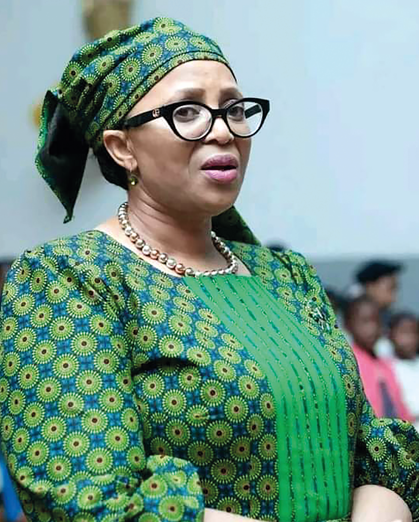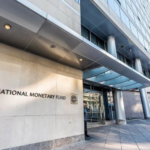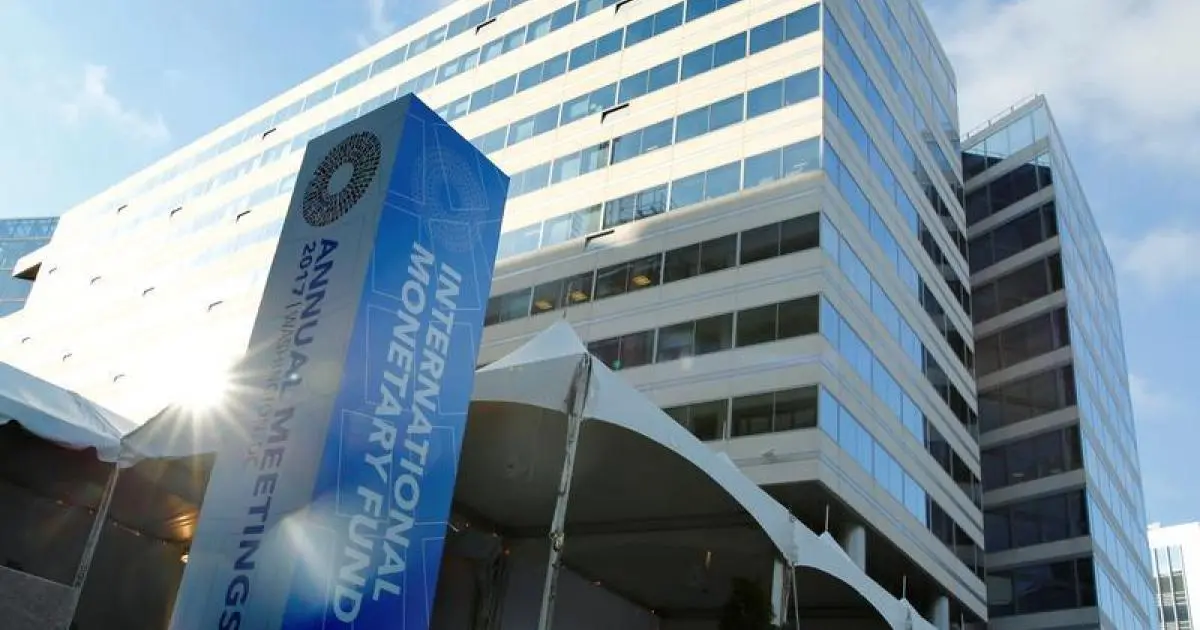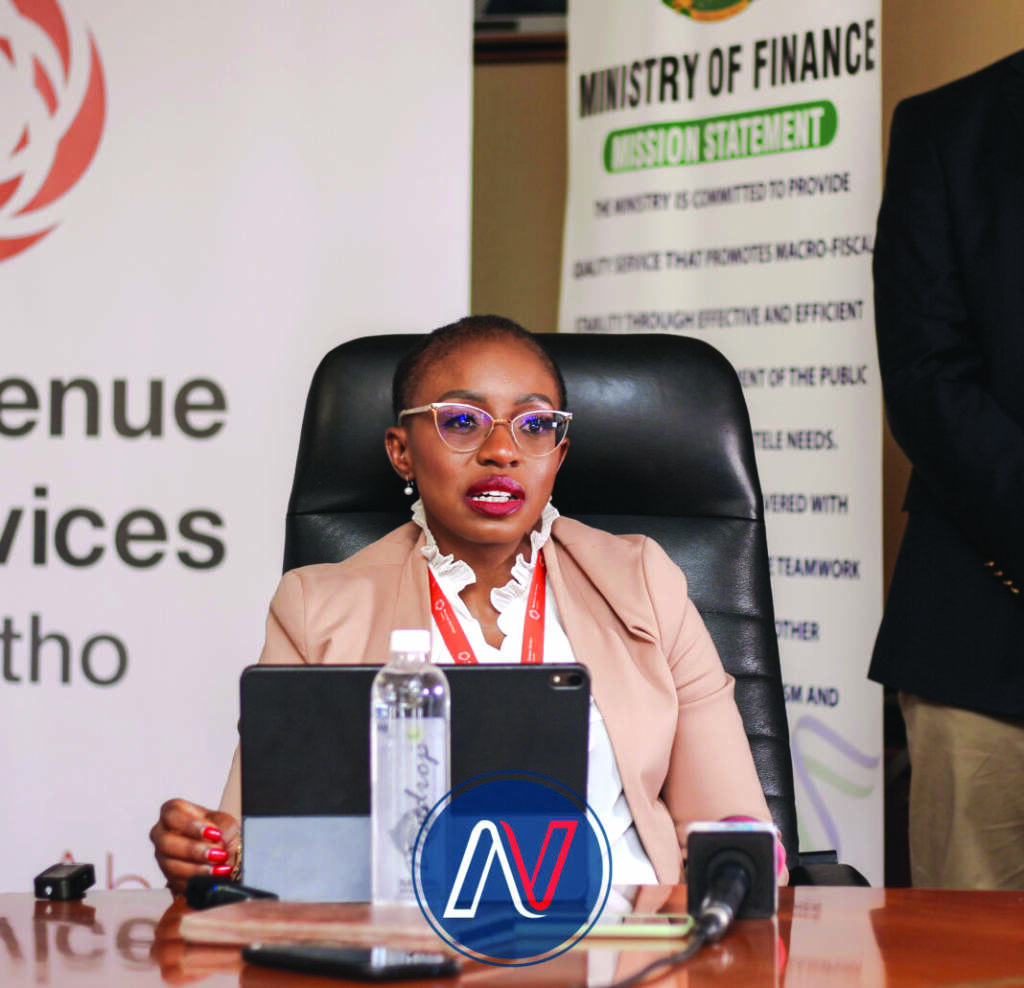Lesotho’s debt continues to climb, despite the country running fiscal surpluses, and the nation is now more indebted to China than any other creditor, the World Bank has revealed in its latest economic analysis.
According to the Lesotho Economic Update, released this week and titled “Transforming Fiscal Policy into an Engine of Inclusive Growth”, the public debt-to-GDP ratio rose from 55.1 percent in FY23/24 to an estimated 59 percent in FY24/25, as the government keeps borrowing both locally and abroad.
While most of the external debt is concessional, the World Bank warns it is “still vulnerable to exchange-rate risk”. External debt makes up about 80 percent of the country’s total debt, and one country, in particular, stands out: China.
“China is Lesotho’s primary non-Paris Club bilateral creditor and accounts for 70 percent of the country’s bilateral debt,” the report noted, underscoring the kingdom’s growing reliance on Beijing’s purse strings.
Domestically, debt is rising even faster, but it’s more expensive. The World Bank said: “Domestic debt amounts to only 20 percent of total debt but is far more expensive to service than external debt, which is mainly concessional.”
The report added that servicing the debt consumes a large chunk of the national budget. “The government spends 2.4 percent of GDP on debt service, or more than 5 percent of recurrent expenditures.”
And while increased revenues from SACU transfers and water royalties are expected to improve Lesotho’s fiscal position, there are significant risks lurking beneath the surface.
“A moderate risk of debt distress suggests limited space to absorb shocks,” the Bank warned, citing “unaddressed contingent liabilities, exchange-rate depreciation, and persistent domestic arrears” as major threats to debt sustainability.
Presenting the 2025 budget in February, Minister of Finance and Development Planning Dr Retšelisitsoe Matlanyane acknowledged that the debt remains high, stating that as of January 2025, total government debt stood at M23.1 billion: M19.3 billion in external debt (83 percent) and M3.8 billion in domestic debt (17 percent).
“Year-on-year, debt increased by M232.8 million, driven entirely by external borrowing,” she said. “Since the start of the year, external debt rose by a net M41.8 million, due to M1.5 billion in new borrowing, offset by capital repayments of M952.3 million and an exchange rate gain of M475.5 million.”
Although domestic debt fell by M188.6 million, Matlanyane noted it would “rise slightly after the final auction, supporting domestic market development amid fiscal surpluses.”
She admitted Lesotho’s “limited capacity to absorb shocks”, but said the government was working on taming the debt beast through new fiscal rules, including a Public Debt Rule that would “contain public debt as a percentage of GDP.”
“This will enhance transparency, control deficits, and provide flexibility to manage shocks that may arise,” she said. To support growth, she added, the government planned to issue M600 million in treasury bonds for infrastructure projects “identified as key engines of our growth trajectory.”
Still, the World Bank report says the government has an arrears problem. “While arrears have recently decreased, the total stock may be underestimated due to the lack of a comprehensive audit,” it warned.
Contributing factors include “deficiencies in budget planning and macroeconomic coordination, inefficient procurement practices, inadequate enforcement mechanisms, and challenges involving cash management.”
The government passed a new Public Procurement Act in March 2023, which, among other things, prohibits procurement outside of IFMIS, the Integrated Financial Management Information System. However, that hasn’t stopped the bleeding.
“New arrears have emerged since then, many of which seem to be linked to commitments claimed prior to March 2023,” the World Bank said.
Summary
- Lesotho’s debt continues to climb, despite the country running fiscal surpluses, and the nation is now more indebted to China than any other creditor, the World Bank has revealed in its latest economic analysis.
- Presenting the 2025 budget in February, Minister of Finance and Development Planning Dr Retšelisitsoe Matlanyane acknowledged that the debt remains high, stating that as of January 2025, total government debt stood at M23.
- She admitted Lesotho’s “limited capacity to absorb shocks”, but said the government was working on taming the debt beast through new fiscal rules, including a Public Debt Rule that would “contain public debt as a percentage of GDP.

Authored by our expert team of writers and editors, with thorough research.









